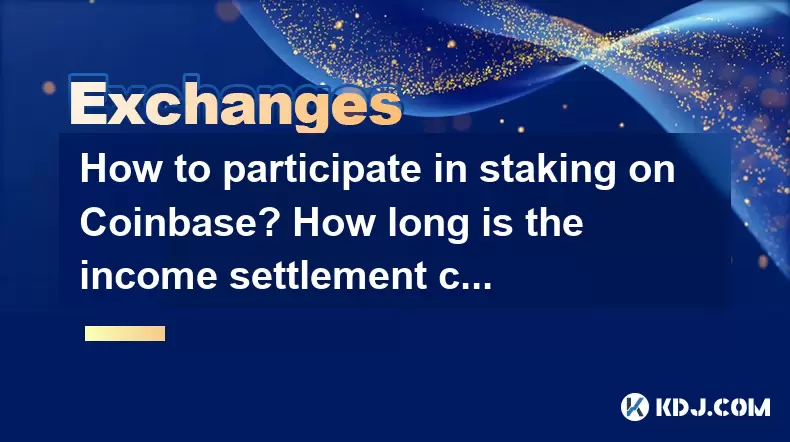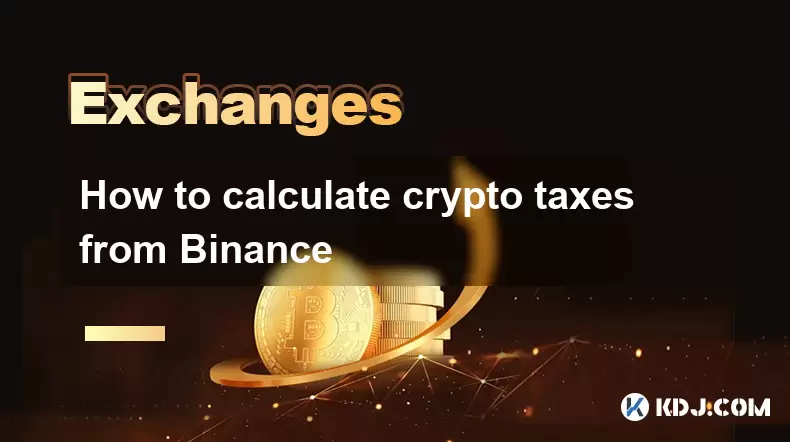-
 Bitcoin
Bitcoin $117500
2.15% -
 Ethereum
Ethereum $3911
6.19% -
 XRP
XRP $3.316
10.79% -
 Tether USDt
Tether USDt $1.000
0.01% -
 BNB
BNB $787.2
2.24% -
 Solana
Solana $175.2
4.15% -
 USDC
USDC $0.9999
0.00% -
 Dogecoin
Dogecoin $0.2225
8.40% -
 TRON
TRON $0.3383
0.28% -
 Cardano
Cardano $0.7868
6.02% -
 Stellar
Stellar $0.4382
9.34% -
 Hyperliquid
Hyperliquid $40.92
7.56% -
 Sui
Sui $3.764
7.63% -
 Chainlink
Chainlink $18.48
10.66% -
 Bitcoin Cash
Bitcoin Cash $582.1
1.88% -
 Hedera
Hedera $0.2601
6.30% -
 Avalanche
Avalanche $23.33
4.94% -
 Ethena USDe
Ethena USDe $1.001
0.02% -
 Litecoin
Litecoin $122.3
2.04% -
 UNUS SED LEO
UNUS SED LEO $8.969
-0.27% -
 Toncoin
Toncoin $3.339
0.86% -
 Shiba Inu
Shiba Inu $0.00001287
4.30% -
 Uniswap
Uniswap $10.43
7.38% -
 Polkadot
Polkadot $3.861
5.08% -
 Dai
Dai $1.000
0.02% -
 Bitget Token
Bitget Token $4.513
3.41% -
 Monero
Monero $267.7
-6.18% -
 Cronos
Cronos $0.1499
4.14% -
 Pepe
Pepe $0.00001110
5.15% -
 Aave
Aave $284.9
8.28%
How to participate in staking on Coinbase? How long is the income settlement cycle?
Staking on Coinbase lets you earn rewards by holding eligible cryptos like ETH, ADA, SOL, and XTZ; rewards are credited based on each coin's settlement cycle.
May 17, 2025 at 10:02 am

Participating in staking on Coinbase is a straightforward process that allows users to earn rewards by holding certain cryptocurrencies. This article will guide you through the steps to participate in staking, and also explain the income settlement cycle to help you understand how and when you can expect to receive your rewards.
What is Staking on Coinbase?
Staking on Coinbase involves holding specific cryptocurrencies in your Coinbase account to support the operations of a blockchain network. In return, you receive rewards, typically in the form of additional cryptocurrency. This process helps secure the network and validate transactions, contributing to the overall health and functionality of the blockchain.
Eligible Cryptocurrencies for Staking on Coinbase
Not all cryptocurrencies on Coinbase are eligible for staking. Some of the cryptocurrencies that you can stake on Coinbase include Ethereum (ETH), Cardano (ADA), Solana (SOL), and Tezos (XTZ). Each of these cryptocurrencies has its own staking mechanism and reward structure, so it's important to check the specific details for each one.
How to Start Staking on Coinbase
To begin staking on Coinbase, follow these detailed steps:
Log into your Coinbase account: Ensure you have a verified Coinbase account. If you don't have one, you will need to sign up and complete the verification process.
Navigate to the staking section: Once logged in, go to the Assets tab and select the cryptocurrency you wish to stake. For example, if you want to stake Ethereum, click on ETH.
Check staking eligibility: On the asset page, look for the Stake button or a section that mentions staking. If the cryptocurrency is eligible for staking, you will see this option.
Initiate staking: Click on the Stake button. You will be prompted to enter the amount of the cryptocurrency you want to stake. Enter the desired amount and confirm.
Review and confirm: Carefully review the terms and conditions of staking for the selected cryptocurrency. Once you are satisfied, confirm your staking request.
Wait for the staking process to complete: Depending on the cryptocurrency, the staking process may take a few minutes to several hours to complete. You will receive a notification once your stake is active.
Understanding the Income Settlement Cycle
The income settlement cycle refers to the period between earning rewards and receiving them in your Coinbase account. The duration of this cycle varies depending on the cryptocurrency being staked.
Ethereum (ETH): For Ethereum, the settlement cycle is typically around 1 to 2 days. Rewards are calculated and distributed based on the Ethereum network's block rewards.
Cardano (ADA): Cardano's settlement cycle is approximately 5 days. Rewards are distributed every epoch, which is a period of 5 days in the Cardano network.
Solana (SOL): Solana's settlement cycle can vary, but it is generally around 2 to 3 days. Rewards are calculated based on the Solana network's performance and distributed accordingly.
Tezos (XTZ): For Tezos, the settlement cycle is typically 3 days. Rewards are distributed at the end of each cycle, which lasts for 3 days.
It's important to note that these are general timelines, and the actual settlement cycle may vary based on network conditions and other factors.
Managing Your Staked Assets
Once your assets are staked, you can manage them through the Coinbase platform. Here are some key points to keep in mind:
Viewing your staked assets: You can view your staked assets and their current rewards by going to the Assets tab and selecting the staked cryptocurrency.
Unstaking: If you decide to unstake your assets, you will need to initiate the unstaking process. This can be done by going to the staked asset page and selecting the Unstake option. Keep in mind that unstaking may have a waiting period before your assets are available to withdraw.
Receiving rewards: Rewards will be automatically credited to your Coinbase account according to the settlement cycle of the staked cryptocurrency. You can track these rewards in the Transactions section of your account.
Monitoring and Adjusting Your Staking Strategy
To maximize your staking rewards, it's important to monitor and adjust your strategy as needed. Here are some tips:
Stay informed: Keep up-to-date with the latest developments in the blockchain networks you are staking in. Changes in network performance or protocol updates can affect your rewards.
Diversify: Consider staking multiple cryptocurrencies to spread your risk and potentially increase your overall rewards.
Reinvest rewards: You can choose to reinvest your staking rewards to compound your earnings over time. This can be done by staking the rewards you receive, effectively increasing your staked amount.
Adjust stake amounts: Depending on market conditions and your financial goals, you may want to increase or decrease the amount of cryptocurrency you have staked. This can be done by adding or removing assets from your stake.
Frequently Asked Questions
Q: Can I stake on Coinbase from a mobile device?
A: Yes, you can stake on Coinbase using their mobile app. The process is similar to staking on the desktop version. Simply log into the Coinbase app, navigate to the asset you wish to stake, and follow the on-screen instructions to initiate staking.
Q: Are there any fees associated with staking on Coinbase?
A: Coinbase does not charge a fee for staking itself, but you may incur network fees when transferring cryptocurrencies to or from your Coinbase account. Additionally, Coinbase may take a small percentage of the staking rewards as a service fee.
Q: Can I withdraw my staked assets at any time?
A: While you can initiate the unstaking process at any time, there may be a waiting period before your assets are available to withdraw. This waiting period varies depending on the cryptocurrency and can range from a few days to several weeks.
Q: Is staking on Coinbase safe?
A: Staking on Coinbase is considered safe as long as you follow best practices for securing your account, such as enabling two-factor authentication and using strong, unique passwords. However, like any cryptocurrency activity, there are inherent risks, including market volatility and potential changes in network protocols.
Disclaimer:info@kdj.com
The information provided is not trading advice. kdj.com does not assume any responsibility for any investments made based on the information provided in this article. Cryptocurrencies are highly volatile and it is highly recommended that you invest with caution after thorough research!
If you believe that the content used on this website infringes your copyright, please contact us immediately (info@kdj.com) and we will delete it promptly.
- Tron's Sell-Off Spurs Altcoin Shift: What's Next for TRX?
- 2025-08-08 08:30:12
- RUVI Presale: Is the Growth Potential Real?
- 2025-08-08 09:10:12
- Sleep Token's US Takeover: Thornhill Rides the 'Even In Arcadia' Wave
- 2025-08-08 08:30:12
- FTT Token's Wild Ride: Creditor Repayments vs. Market Drop - A New Yorker's Take
- 2025-08-08 07:10:12
- Floki Crypto Price Prediction: Riding the Robinhood Rocket or Just a Meme?
- 2025-08-08 07:15:12
- EigenLayer, Restaking, and Ethereum: Navigating the Hype and the Hazards
- 2025-08-08 06:30:12
Related knowledge

How to use margin trading on Poloniex
Aug 08,2025 at 09:50am
Understanding Margin Trading on Poloniex

How to use advanced trading on Gemini
Aug 08,2025 at 04:07am
Understanding Advanced Trading on GeminiAdvanced trading on Gemini refers to a suite of tools and order types designed for experienced traders who wan...

How to deposit USD on Bitstamp
Aug 07,2025 at 05:18pm
Understanding Bitstamp and USD DepositsBitstamp is one of the longest-standing cryptocurrency exchanges in the industry, offering users the ability to...

How to use the Kraken Pro interface
Aug 08,2025 at 09:57am
Understanding the Kraken Pro Interface LayoutThe Kraken Pro interface is designed for both novice and experienced traders seeking a streamlined experi...

How to find my transaction ID on Gemini
Aug 08,2025 at 12:50am
Understanding the Transaction ID in Cryptocurrency ExchangesA transaction ID (TXID) is a unique alphanumeric string that identifies a specific transfe...

How to calculate crypto taxes from Binance
Aug 08,2025 at 07:56am
Understanding Cryptocurrency Taxation on BinanceCalculating crypto taxes from Binance requires a clear understanding of how tax authorities classify d...

How to use margin trading on Poloniex
Aug 08,2025 at 09:50am
Understanding Margin Trading on Poloniex

How to use advanced trading on Gemini
Aug 08,2025 at 04:07am
Understanding Advanced Trading on GeminiAdvanced trading on Gemini refers to a suite of tools and order types designed for experienced traders who wan...

How to deposit USD on Bitstamp
Aug 07,2025 at 05:18pm
Understanding Bitstamp and USD DepositsBitstamp is one of the longest-standing cryptocurrency exchanges in the industry, offering users the ability to...

How to use the Kraken Pro interface
Aug 08,2025 at 09:57am
Understanding the Kraken Pro Interface LayoutThe Kraken Pro interface is designed for both novice and experienced traders seeking a streamlined experi...

How to find my transaction ID on Gemini
Aug 08,2025 at 12:50am
Understanding the Transaction ID in Cryptocurrency ExchangesA transaction ID (TXID) is a unique alphanumeric string that identifies a specific transfe...

How to calculate crypto taxes from Binance
Aug 08,2025 at 07:56am
Understanding Cryptocurrency Taxation on BinanceCalculating crypto taxes from Binance requires a clear understanding of how tax authorities classify d...
See all articles

























































































